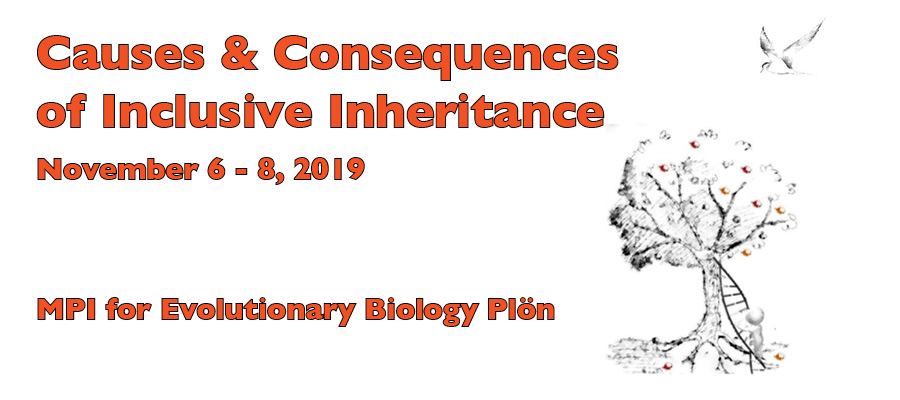Speaker
Description
When environments are unstable, genetic parental information is often not sufficient for offspring to become optimally adapted to the environment and parental effects may be necessary to prepare offspring for the environment they are likely to experience. Seasonally distinct life history patterns over sequential cohorts in short-lived animals are one example in which cues of the early environment either indirectly through parents or by direct experience shape phenotypes across generations. In response to predictably different ecological conditions, individuals born in different seasons often differ consistently in behaviour and physiology throughout life, often with consequences for fitness. Wild cavies (Cavia aperea) born into spring or autumn differ in behavioural traits such as risk-taking or stress-coping and in physiological underpinnings such as hormone levels or metabolic rates throughout life. In a series of experiments I tested by which mechanisms (maternal hormones and epigenetic effects, maternal behaviour or direct environmental cues) these seasonal differences are shaped and if they impose fitness consequences in matching versus non-matching environmental conditions later in life. While maternal behaviour has only limited influence in this precocial species, direct environmental cues and differences in hormone concentrations in early life shape permanent differences between seasonal cohorts that translate to the onset of reproduction as well as investment into offspring in adult life. Reproduction under mismatching conditions resulted in elevated maternal metabolic rates and reduced fecundity. Taken together, these results suggest that seasonal programming of offspring phenotypes is 1) a predictable form of transgenerational plasticity and 2) it provides an adaptive mechanism to adjust offspring to the environment they encounter after birth.

